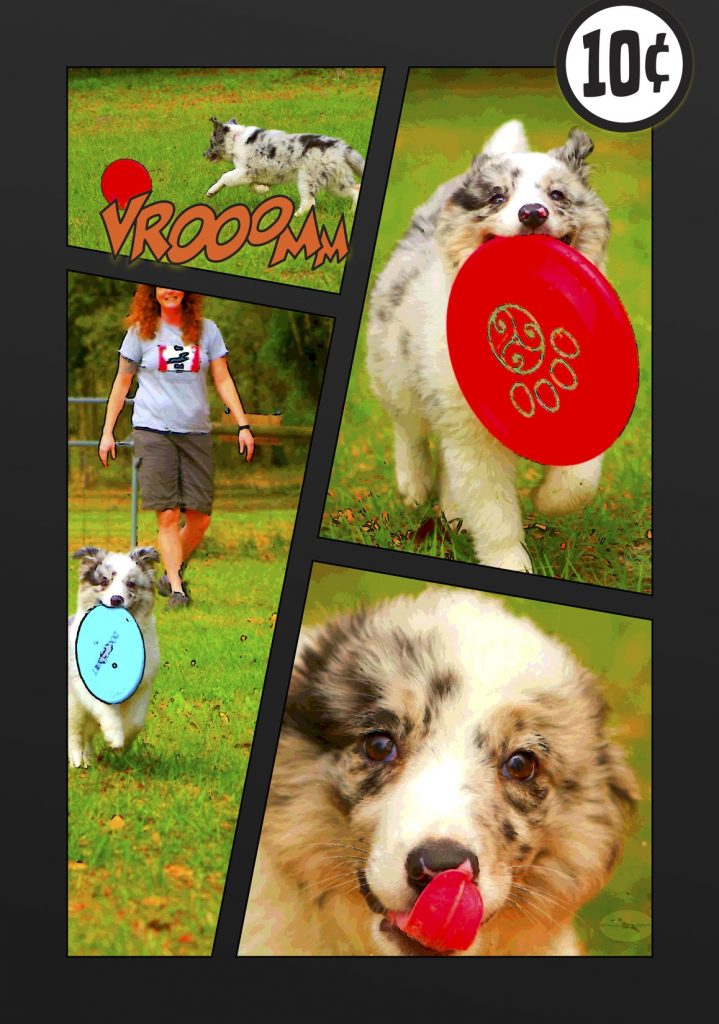
Pawsitive Vybe Dog Training Graphic Novel – Breaking Ground on A Proper Pilot
I just got done chatting with an artist friend of mine and we’re going to be moving forward on a project we’ve talked about for a long time:
a Pawsitive Vybe Dog Training Graphic Novel.
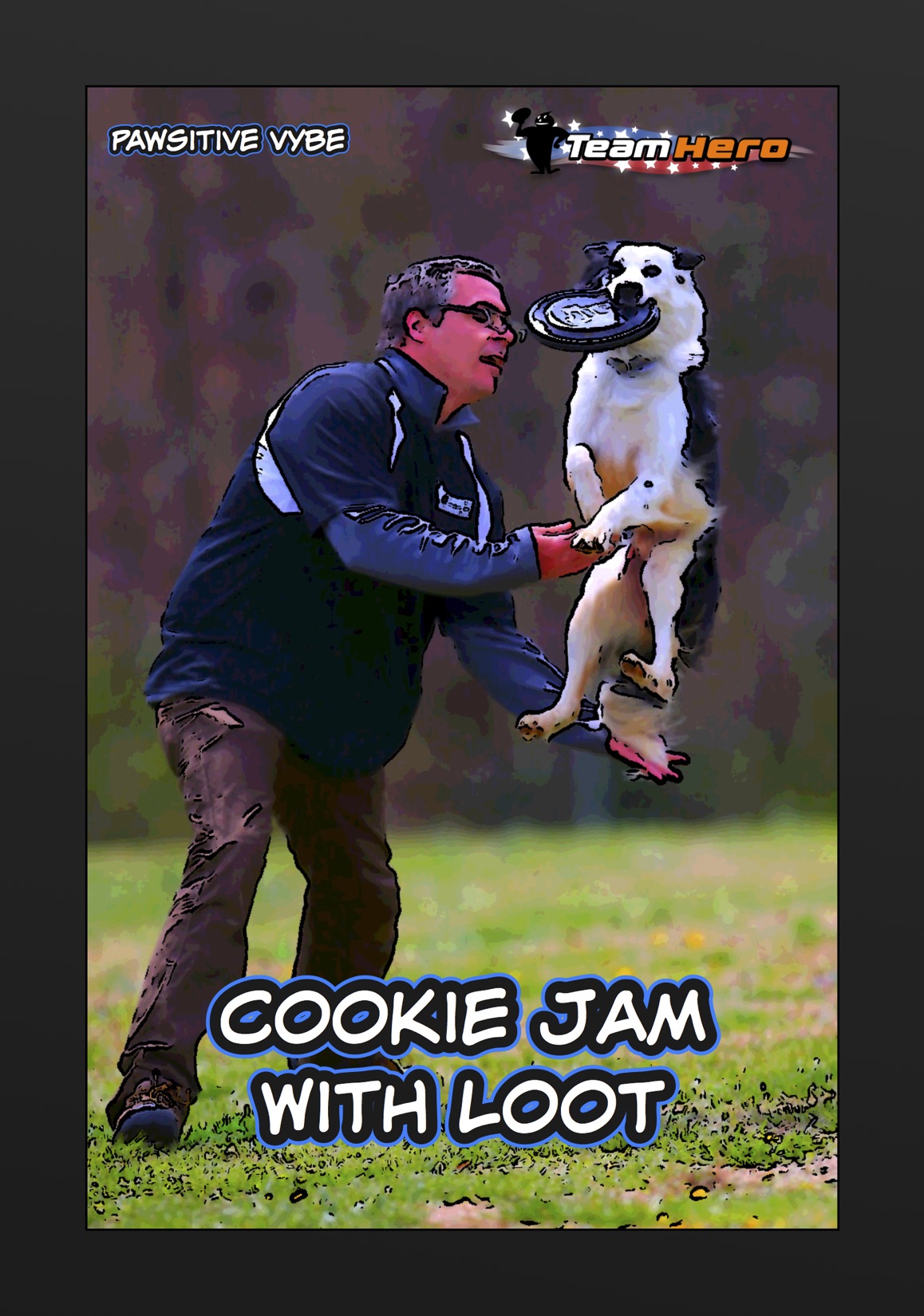
CrowdFunded Project
The format and storylines have shifted over time, and we’re still not quite sure what we’re going to do, but we are going to produce a limited run strip on an important dog training, or perhaps disc dog, topic and will be crowdfunding the endeavor at a location to be determined.
This project has been in the works for a LONG time. I did several pilot pieces back in 2015 on my iPhone with Halftone 2, a super cool comic creator app as a proof of concept and a tool for shopping around, but the project fell by the wayside with life and actual Pawsitive Vybe business and a lack of illustrator and publishing connections.
the first 5 pages of an early Pilot Piece (2015):
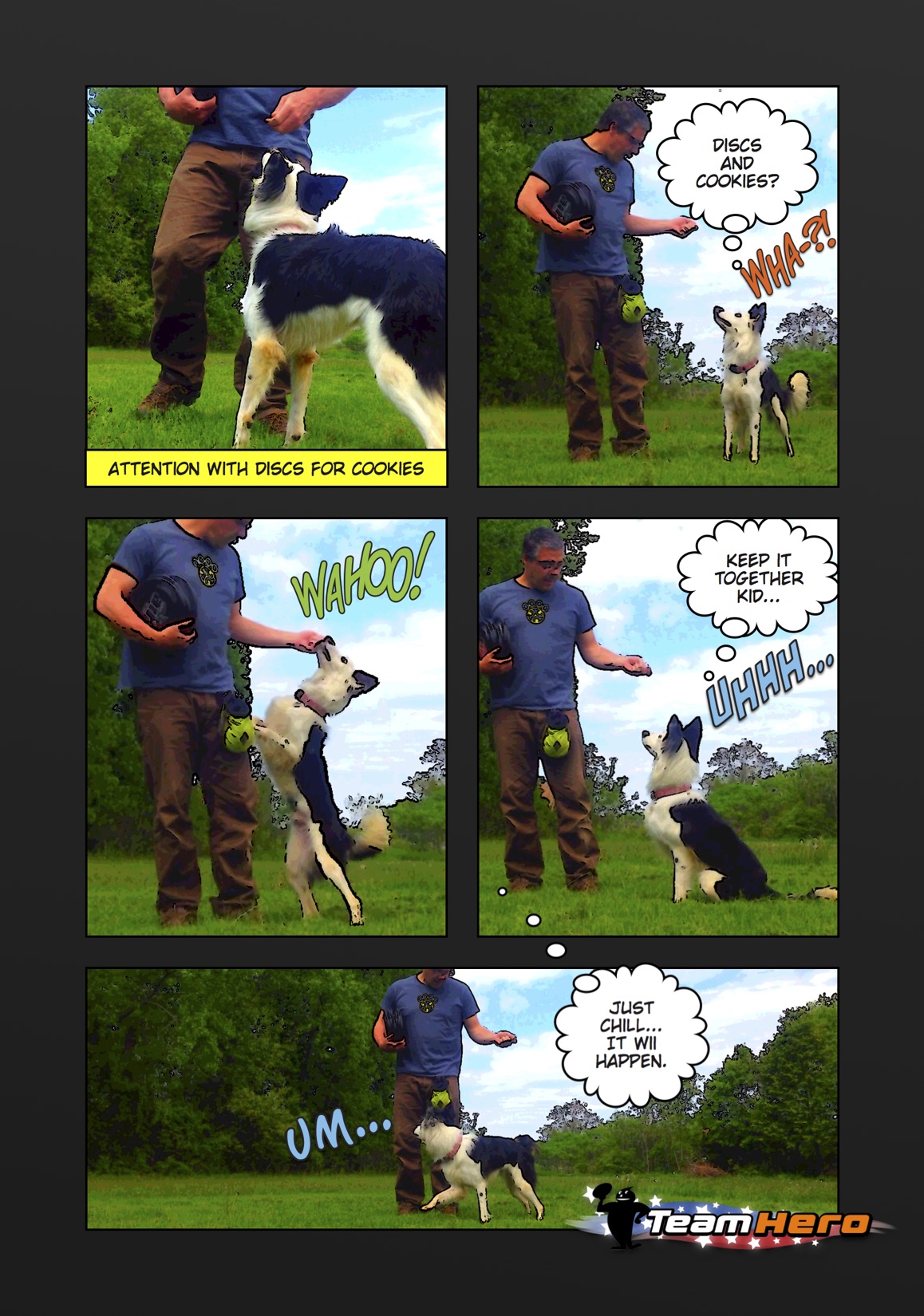
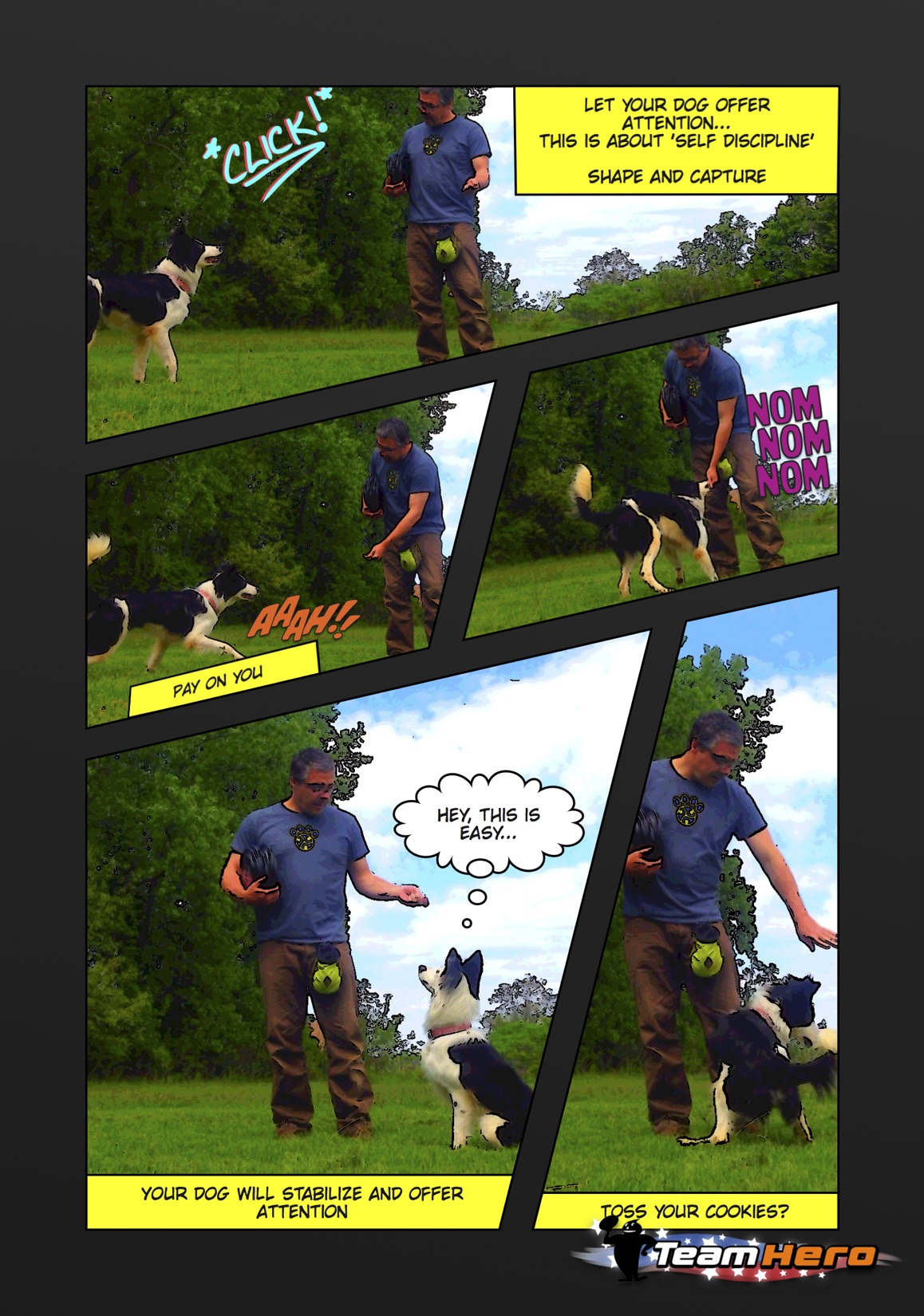
These Panels are extremely illustrative of what this stuff looks like and it captures the feel, the vybe, or the nuance that is so important and so difficult to convey in dog training.
This is actually what training looks and feels like.
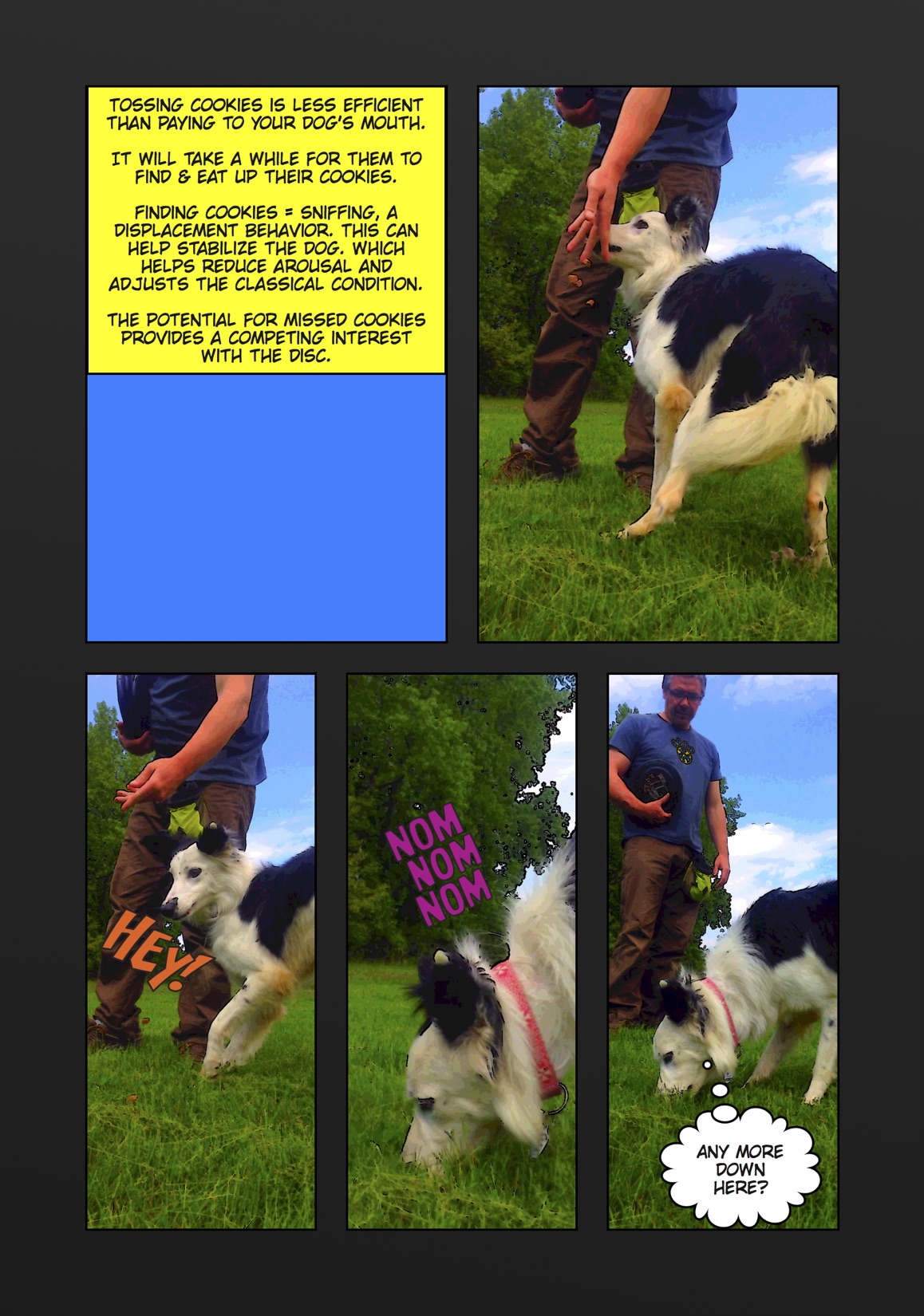
Long form exposition as illustrated above (top right) allows for narrative or technical discussion of the topic being explored in the adjoining panels. This long form is enough to speak freely but concise communication is key.
The ability to deliver internal dialogue from the dog brings to light those difficult to express situational concepts simply and elegantly.
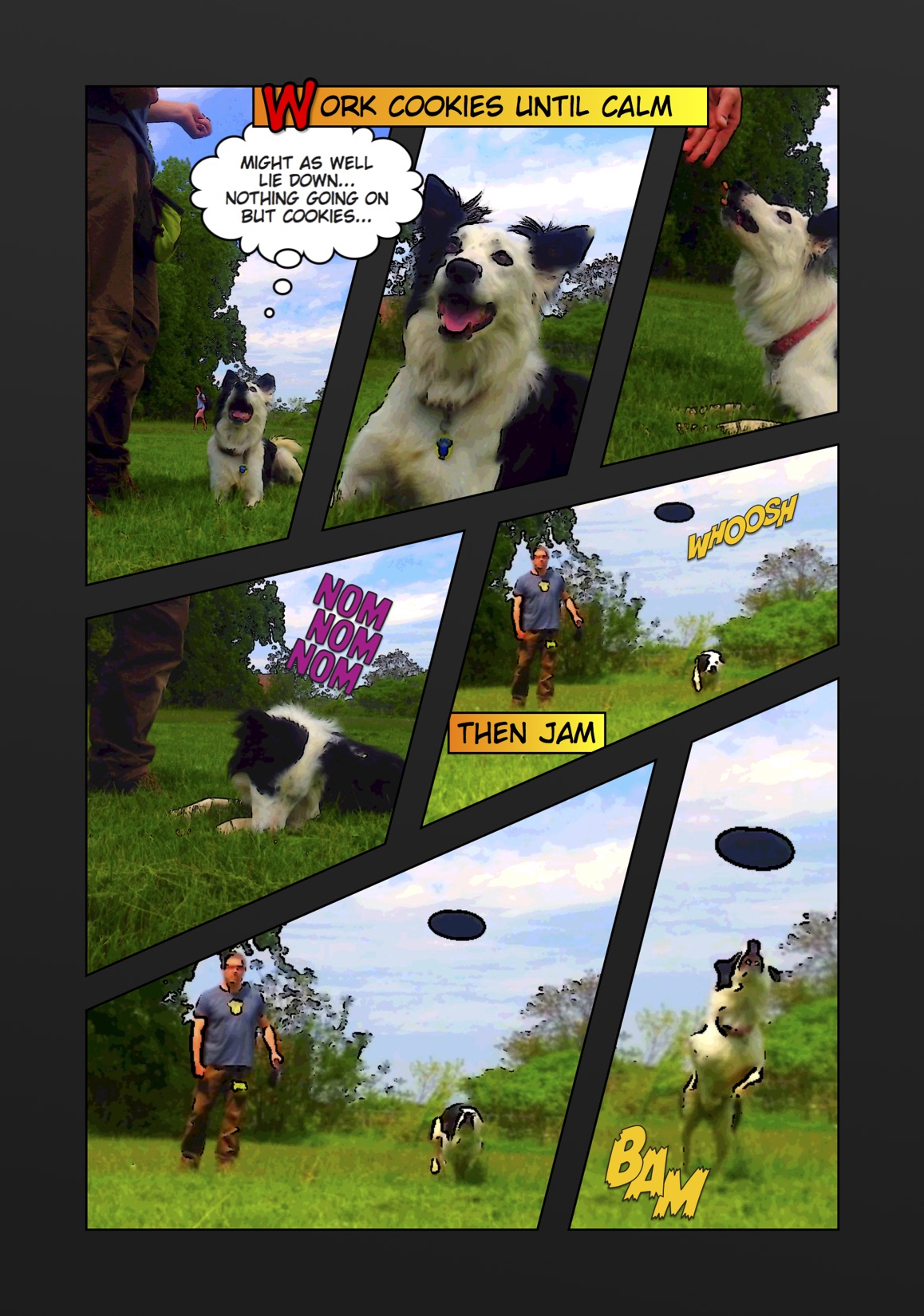
Actions are Vivid and Timing Becomes Crystal Clear
Delivering a concise and clear understanding of when, where, and how to mark in the written word is tough. The page below communicates far more, and far more clearly than five or ten pages of text.
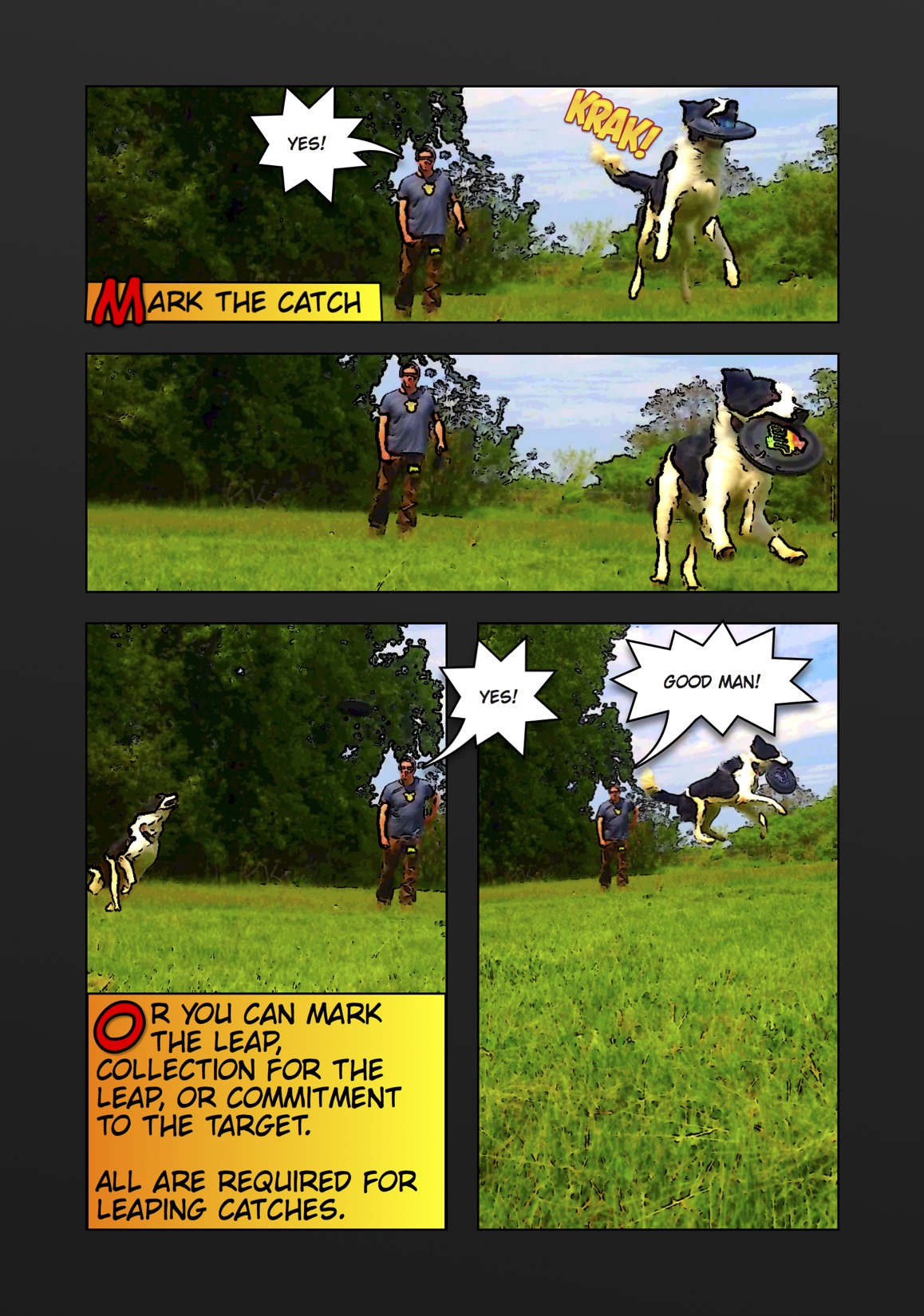
We will be putting together a crowdfunding project in the very near future… stay tuned!
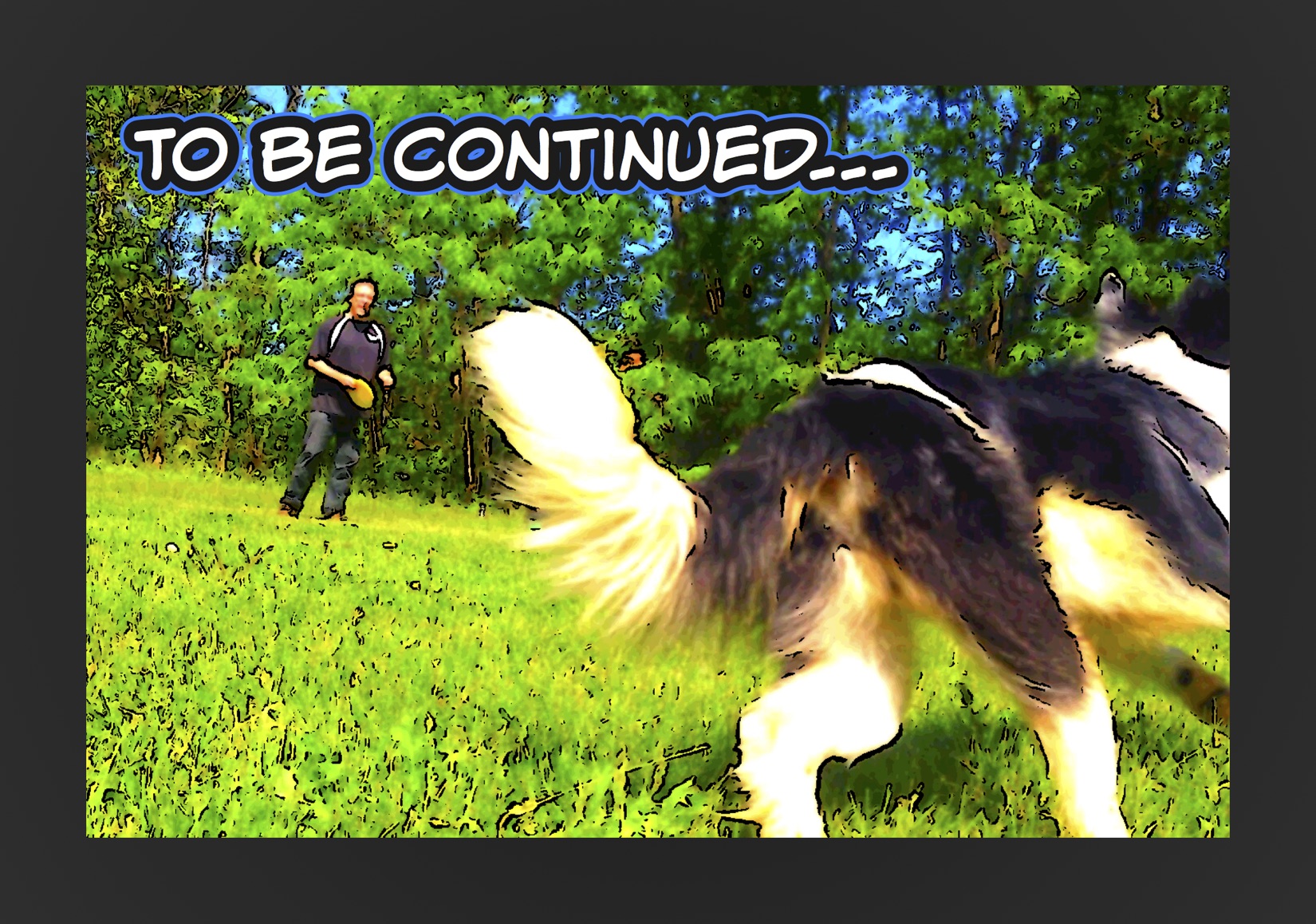








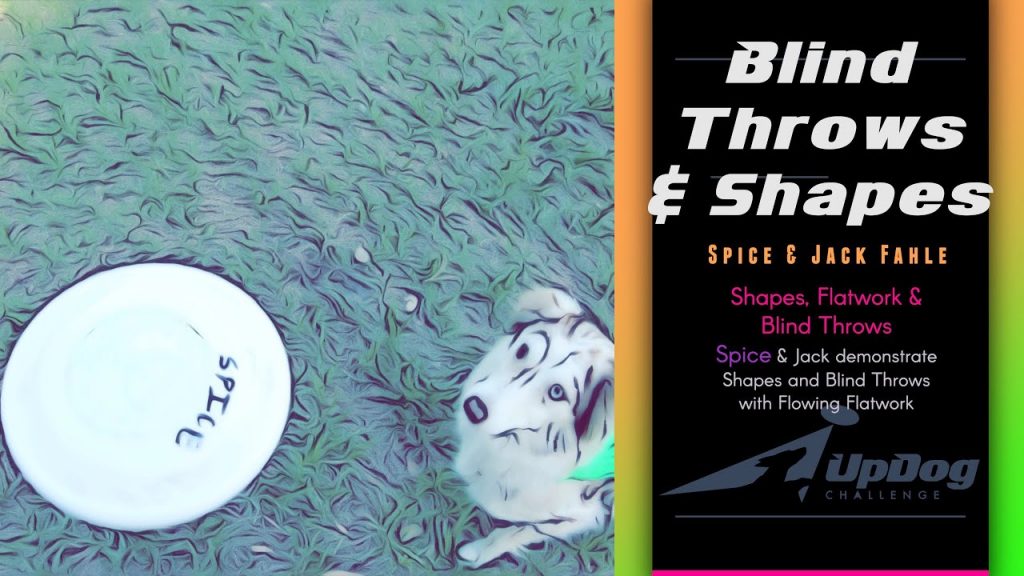
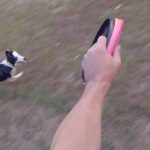
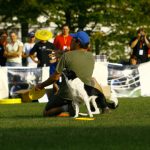
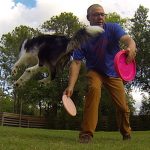
Responses